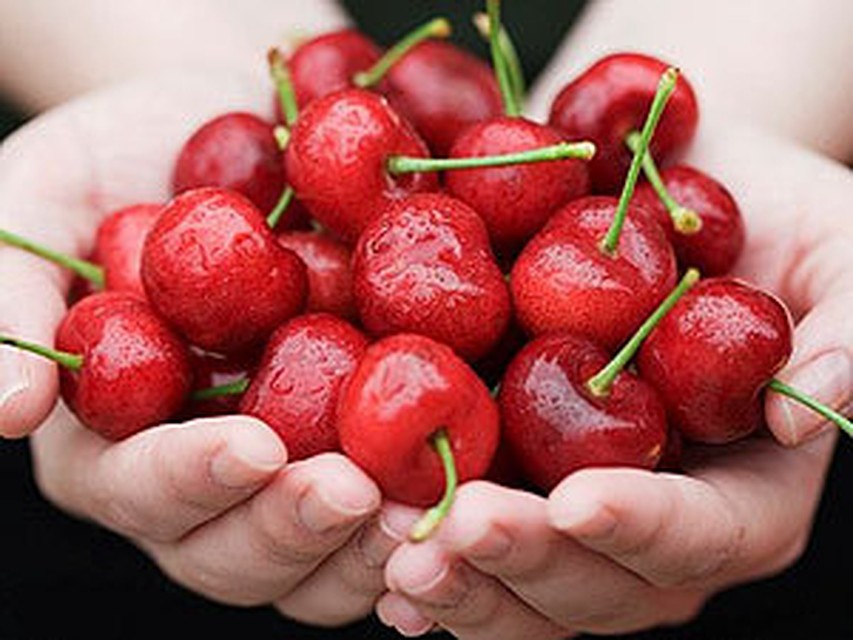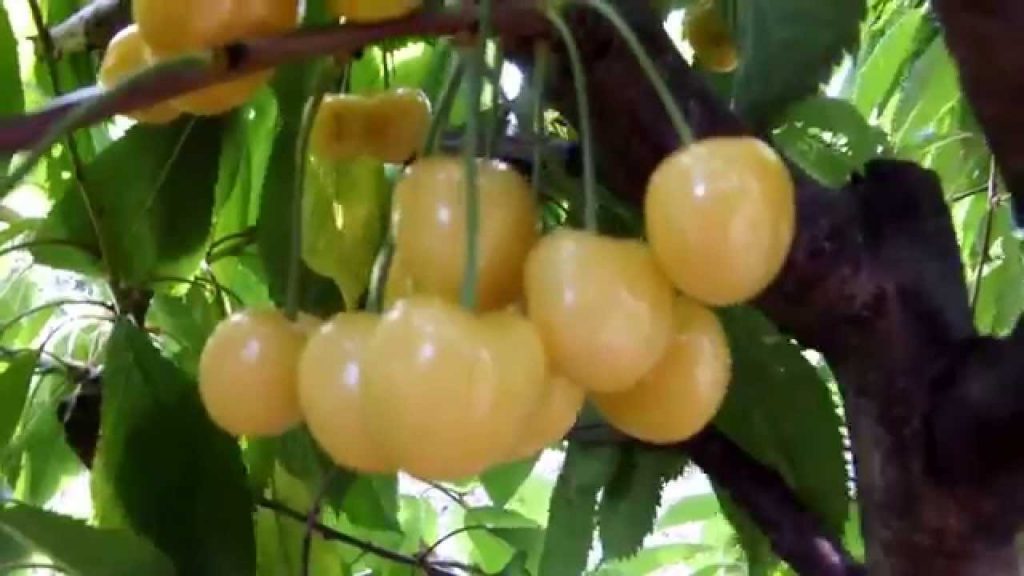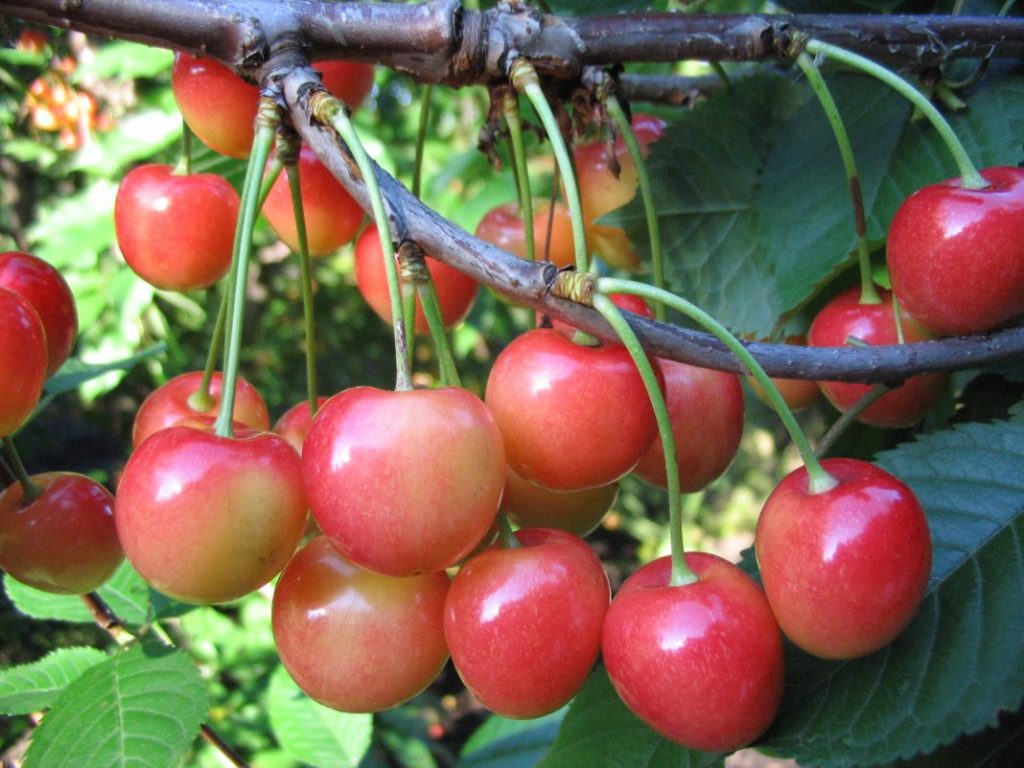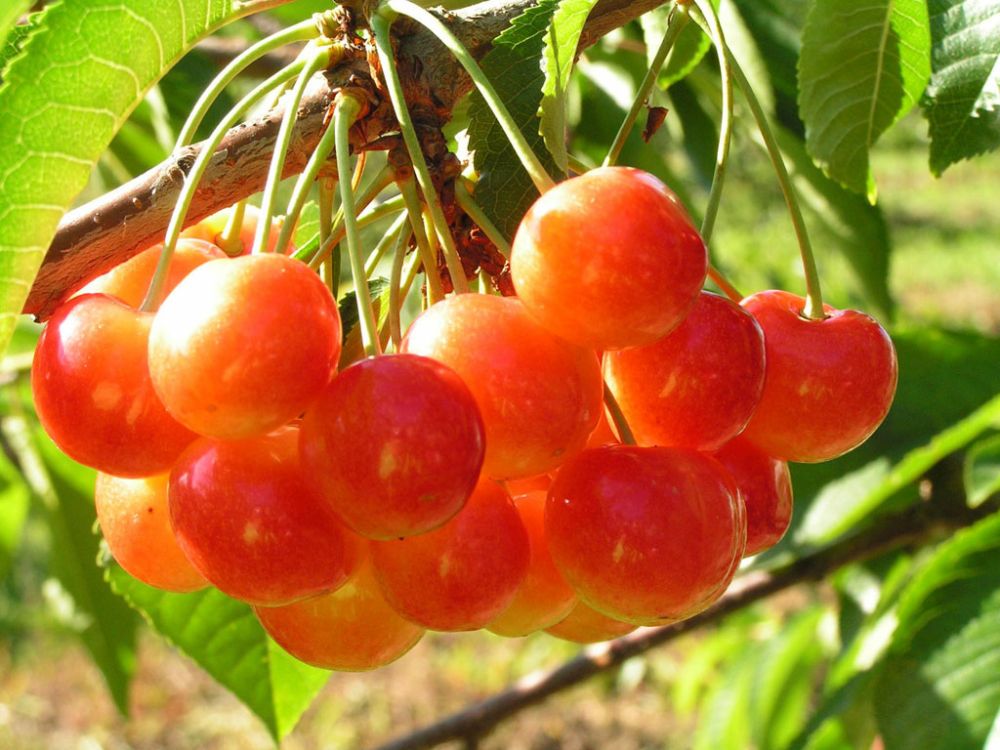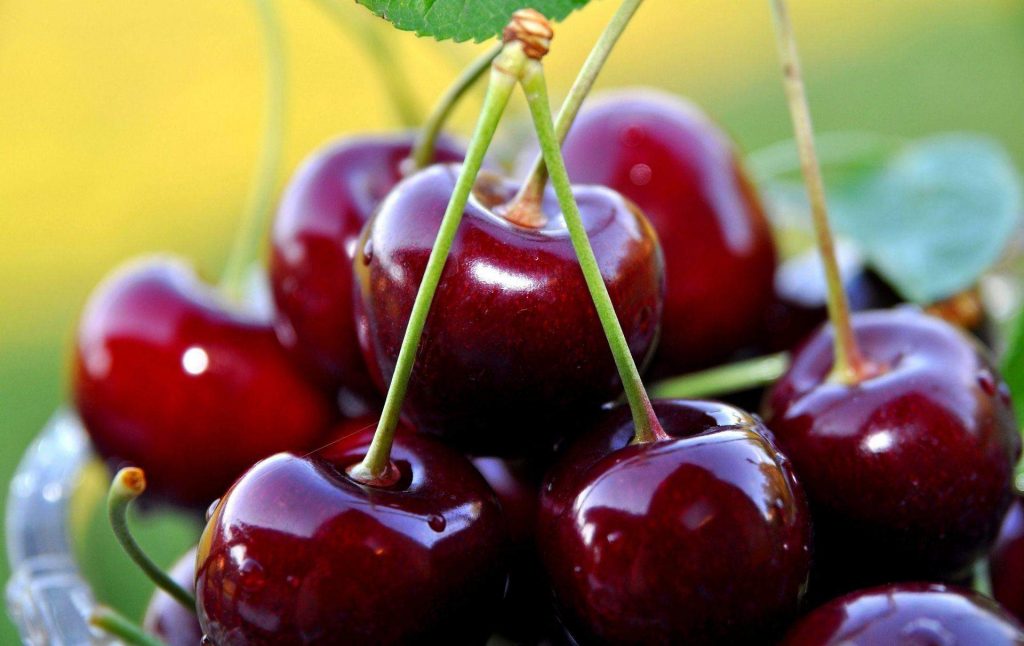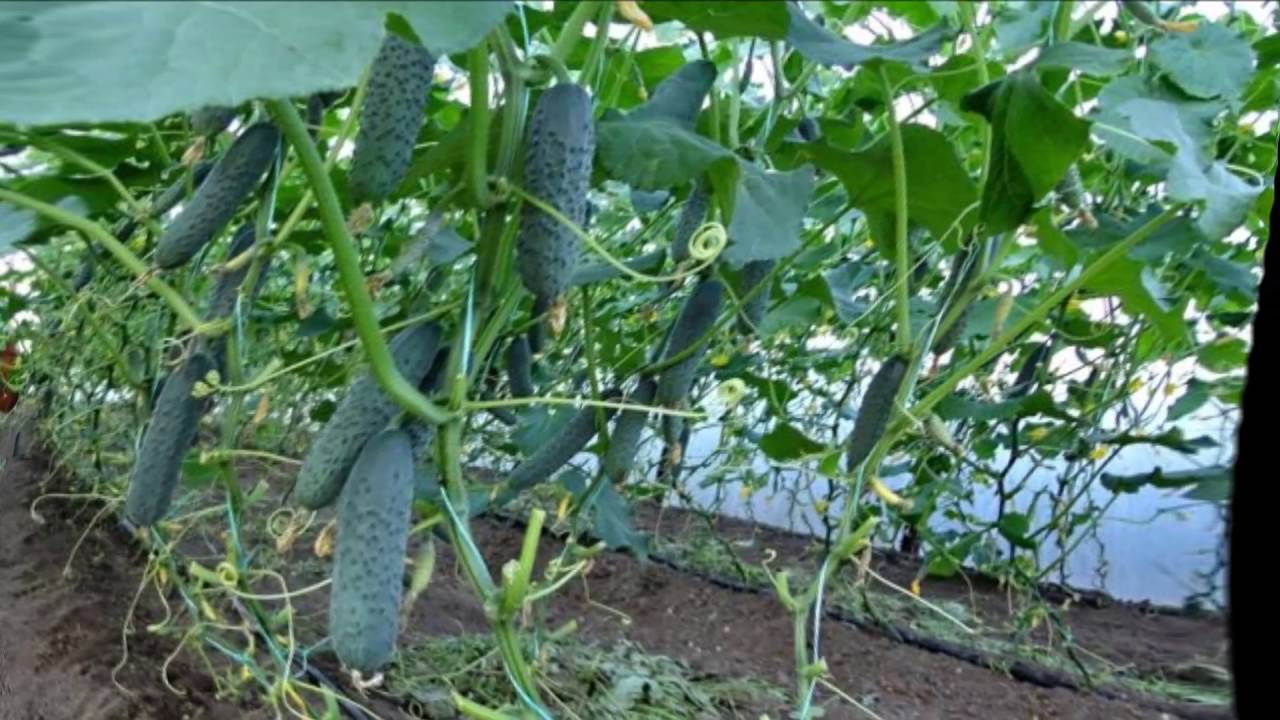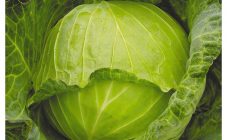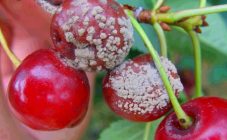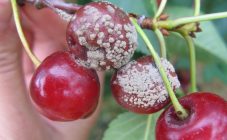Content:
Many gardeners are afraid to plant cherries on the plot, considering it capricious. And completely in vain. If you choose the right variety, there will definitely be no hassle with growing.
The best varieties for growing in the Middle lane
Not all varieties of sweet cherries are suitable for growing in the Middle Lane. Therefore, before buying seedlings, you need to carefully read the description. You should not purchase southern varieties of sweet cherries that have not been zoned for other regions, because they are unlikely to take root well.
Here are ten of the best varieties that are most popular in the Russian center.
Michurinskaya
Late variety, ripens in the second decade of July. The berries have a deep scarlet color.
Main advantages:
- tolerates drought well;
- withstands severe frosts;
- frost cracks do not appear on the branches.
It has good immunity to fungal diseases. The berries tolerate transportation very well, even over long distances.
Among the disadvantages, it should be noted that the berries often fall prey to blackbirds due to their bright color and large size. Also, wood does not live for a long time: the tree can withstand severe frosts, but gradually deteriorates. Therefore, the Michurinskaya cherry cannot be called "long-liver".
Gift to Stepanov
Medium late grade. The berries are well suited both for fresh consumption and for home preservation.
The main advantages of the variety:
- good winter hardiness;
- easily adapts to any climatic conditions;
- grows well in nutrient-poor soils.
Among the disadvantages, it should be noted that the plant is very fond of moisture and requires intensive watering. If watering is neglected, the berries become dry and deformed, and the yield is significantly reduced.
Fairy tale
Early grade. The berries ripen together, reach full maturity in the first decade of June. The fruits are large in size and have a pronounced dessert taste.
The main advantages of the variety:
- a large amount of vitamins and sugar in berries;
- the tree tolerates frost well;
- the plant is not affected by diseases and pests.
Of the disadvantages, it must be borne in mind that this variety will not grow on marshy and nutrient-poor soils. You should also be aware that seedlings are quite difficult to find on sale. This variety is quite picky about fertilizing with mineral and organic fertilizers.
Saratov
Sometimes this cherry variety can also be found under the name Saratovskaya Malyshka, due to the relatively small size of the tree and fruits. However, despite the small berries, this cherry variety has many advantages:
- the tree looks compact and does not take up much space;
- does not require frequent pruning and feeding;
- tolerates temperature changes well.
Of the disadvantages, it should be noted that during a rainy summer, moniliosis and coccomycosis are often observed. Also, these diseases occur with an excess of moisture in the soil. Some people don't like the characteristic sourness of the berries.
April
Seedlings of this variety can be found on sale quite often.This is an early-ripening variety of sweet cherry, which is why it is very popular in regions with dry and warm climates. The bright red berries ripen at the end of May.
Among the main advantages it should be noted that the plant blooms early, ripens early and does not suffer from chlorosis.
However, there are also significant disadvantages. The berries are not suitable for storage and for home preservation, they can only be eaten fresh. The taste is slightly bland, compared to other varieties, the aroma is also not very pronounced. The variety is not suitable for cultivation in the Leningrad region and more northern regions.
Summer resident
Yellow, early ripening sweet cherry. Grows well in the Caucasus and Astrakhan. Of the undoubted advantages, it should be noted that it perfectly tolerates drought and is not demanding for watering.
The berries have an unusual color and sweet taste, they almost never deform and are not affected by fungal diseases, and retain their presentation for a long time.
Among the shortcomings, it should be noted that the variety is not zoned for the northern regions. It can only grow well in the southern regions of the Middle Lane. Also, the Summer Resident loves fertile soils, does not tolerate excess moisture and sudden changes in temperature, frost cracks quickly form on the branches during frosts.
June Early
An early ripe variety, the berries reach full ripeness in the first - second decade of June, they are distinguished by amicable ripening. Also, the variety has a good yield (up to 30 kg of berries per season from one tree).
The berries are maroon in color, there is a slight aftertaste of wine.
Of the advantages, it should be noted good winter hardiness and drought resistance.
However, there are also significant disadvantages:
- specific flavor of berries;
- short life of wood in case of severe frosts;
- susceptibility to moniliosis and coccomycosis.
Also, trees take up a lot of space in the garden, as they grow quickly and have a spreading crown.
Orlovskaya Pink
A mid-season variety, ideal for the Middle Lane in general and, in particular, for the Central region, grows well in the Vladimir and Nizhny Novgorod regions. Dessert berries of a light pink color, well suited for fresh consumption.
The plant, with proper care, begins to bear fruit as early as 3 years. Of the advantages, it should be noted good winter hardiness, the absence of frostbites on the branches, long life of wood, good yield.
But there is also a drawback that residents of regions with "capricious" spring and summer must have in mind. If the weather is rainy, the plant is quickly attacked by a fungus and dies.
Regina
Late variety, the berries ripen uncommonly. Ripening lasts the entire first - second decade of July. This is a big plus for those who want to stretch the pleasure longer. However, harvesting is not very convenient because of this.
The berries are large, maroon color. The taste is sweet, according to some reviews even "sugary".
Among the advantages, it is necessary to note good yield, resistance to diseases and pests. The plant tolerates drought well.
However, there are also disadvantages: berries are poorly stored, quickly crumble from the tree, and cannot be transported. The plant also loves fertile soil and will bear fruit poorly without feeding.
Pink Pearl
Mid-season cherry variety. It is characterized by high productivity and amicable ripening of fruits. The fruits are sweet, pinkish, with an orange or yellowish tinge. Among the advantages, it is necessary to highlight the amicable ripening of berries and good frost resistance. Resistant to temperature extremes, as it was bred by crossing southern cherries with more northern varieties.
Of the disadvantages, it can be noted that the tree does not tolerate drought. With a lack of watering, wood cracks and leaves turn yellow. Also, a weevil beetle often starts in berries - it easily adapts to insecticides and almost does not react to industrial repellents.
They can grow in more northern regions (for example, in the Leningrad region). However, when grown in humid climates, they can be affected by such serious diseases as cocomycosis and moniliosis (the popular name for these fungal diseases sounds like "gray rot").
The most useful varieties
Nutritional experts say there are many health benefits from eating fresh berries. The most useful and sweet varieties of sweet cherries are considered with yellow berries. The largest percentage of sugar is contained in varieties with berries of a dark, almost black color. They also lead in calorie content. On the other hand, fruits of red or pink color are distinguished by their characteristic acidity.
Below is a ranking of the varieties with the highest vitamin content:
- Yaroslavna;
- Cordia;
- Rondo;
- Homeland;
- Black Dyber;
- General's;
- Rival;
- Check mark;
- Chinese;
- Pink Pearl.
The Bigaro and Lappins varieties have a pronounced dessert taste - they make good homemade liqueurs and liqueurs. When asked which cherry is the tastiest and sweetest, the experts unanimously answer: Yaroslavna. Also, the berries of this variety have a hard, elastic pulp and a small bone in comparison with the total weight of the fruit. This variety ranks first in the ranking in terms of vitamin content. Therefore, you should definitely plant it in a cherry orchard.
The healthiest and most delicious varieties of cherries are ideal both for fresh consumption and for home preservation. The fruits tolerate storage well, do not deteriorate for a long time and retain their presentation for a long time. Therefore, they can be recommended to those who want to grow cherries not only for themselves, but also for sale.
The most productive varieties
Choosing cherry seedlings, gardeners try to acquire the most productive varieties with a friendly ripening of berries. As a rule, these are varieties that are undemanding to care and are resistant to disease and pests. But it should be borne in mind that even the most productive tree can produce few berries if it grows in the wrong climate. Therefore, you should not plant non-zoned varieties of cherries in Central Russia, suitable only for the south. Otherwise, the yield will be noticeably below average.
The first place in the list of the most productive varieties is Rubinovaya cherry. Next are the following types:
- Rechitsa;
- Annushka;
- Teremoshka;
- Regina;
- Olenka;
- Beauty;
- Sinyavskaya;
- Stella;
- Alexandria.
Most of these varieties are self-fertile and do not need a pollinator to maximize their yield. Harvesting is simplified by the fact that the above-mentioned varietal cherries ripen together. These types of cherries are mostly old, time-tested varieties.
It should not be forgotten that in order to maintain consistently high yields, trees need regular pruning. First, pruning helps to get rid of branches affected by diseases and pests, and prevent further spread of infection. Secondly, if you neglect pruning, the plant will spend energy on crown formation, and not on fruiting, and the yield will significantly decrease. Also, pruning has a pronounced "rejuvenating" effect.
Varieties with good immunity
Some varieties of sweet cherries have strong immunity to viral and fungal diseases, and are practically not affected by pests. Basically, these are early cherries, for example, June.
Also, a lot depends on the region. For example, when cherries ripen in the Rostov region, the weather is usually sunny and dry. And at a time when the berries reach full ripeness in the Leningrad and Vologda regions, the weather can be rainy, windy and cloudy.
Saplings with good immunity are a real gift for any summer resident.Such trees will not be harmed by either the fungus or the green weevil beetle. Here are the best cherries in terms of immunity:
- Franz Joseph;
- Lena;
- Italian;
- Summit;
- Sadko;
- Knight;
- Dawn;
- Milan;
- Farewell;
- Donetsk.
Also, white cherries have good immunity. Due to the light shade of the berries, it is not as attractive to blackbirds as varieties with dark, almost black fruits.
The varieties Trosnyanskaya and Francis are resistant to fungi and viruses - they tolerate excess moisture well.
The most unpretentious varieties
There are cherry varieties that are easily adaptable to any climatic conditions. They can even be grown in Siberia. They easily withstand frost and are unpretentious in care. Dwarf cherries belong here first of all: they practically do not require pruning. You can also add low-growing bush cherries to the list.
The most unpretentious varieties can thrive on nutrient-poor soil. They may well do without industrial fertilizing: ordinary humus, peat and manure are enough. Below is the rating of the least "capricious" varieties:
- North;
- Kid;
- Odrinka;
- Sasha (sometimes saplings of this variety also appear on sale under the name "Sasha");
- Zemfira;
- Mike's cherry;
- Cherry Gross;
- Vega;
- Chocolate girl;
- Raditsa.
The old, time-tested variety Urozhainaya Susova also tolerates frosts and soil poverty well.
Sweet cherry is one of the most beloved fruit and berry crops of Russian summer residents. In spring you can enjoy wonderful flowers, and in summer you can sing a song about cherries and taste sweet berries. The modern gardener has a huge selection of different varieties. The main thing is to purchase high-quality seedlings and pay attention to the features of the agricultural technology of growing a particular variety. Then the tree will certainly thank you with a wonderful harvest.

